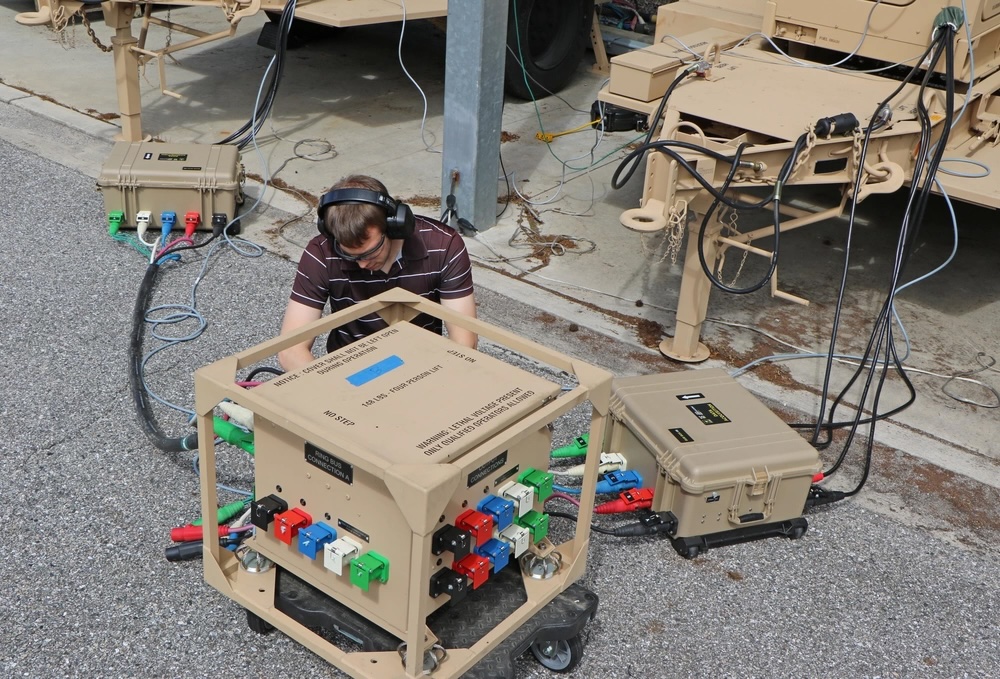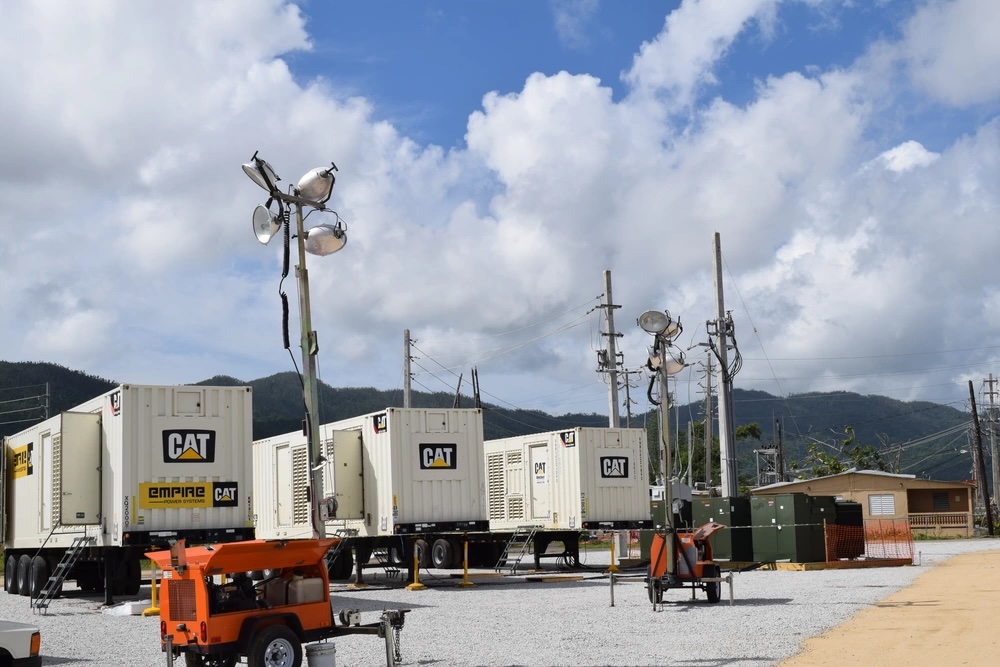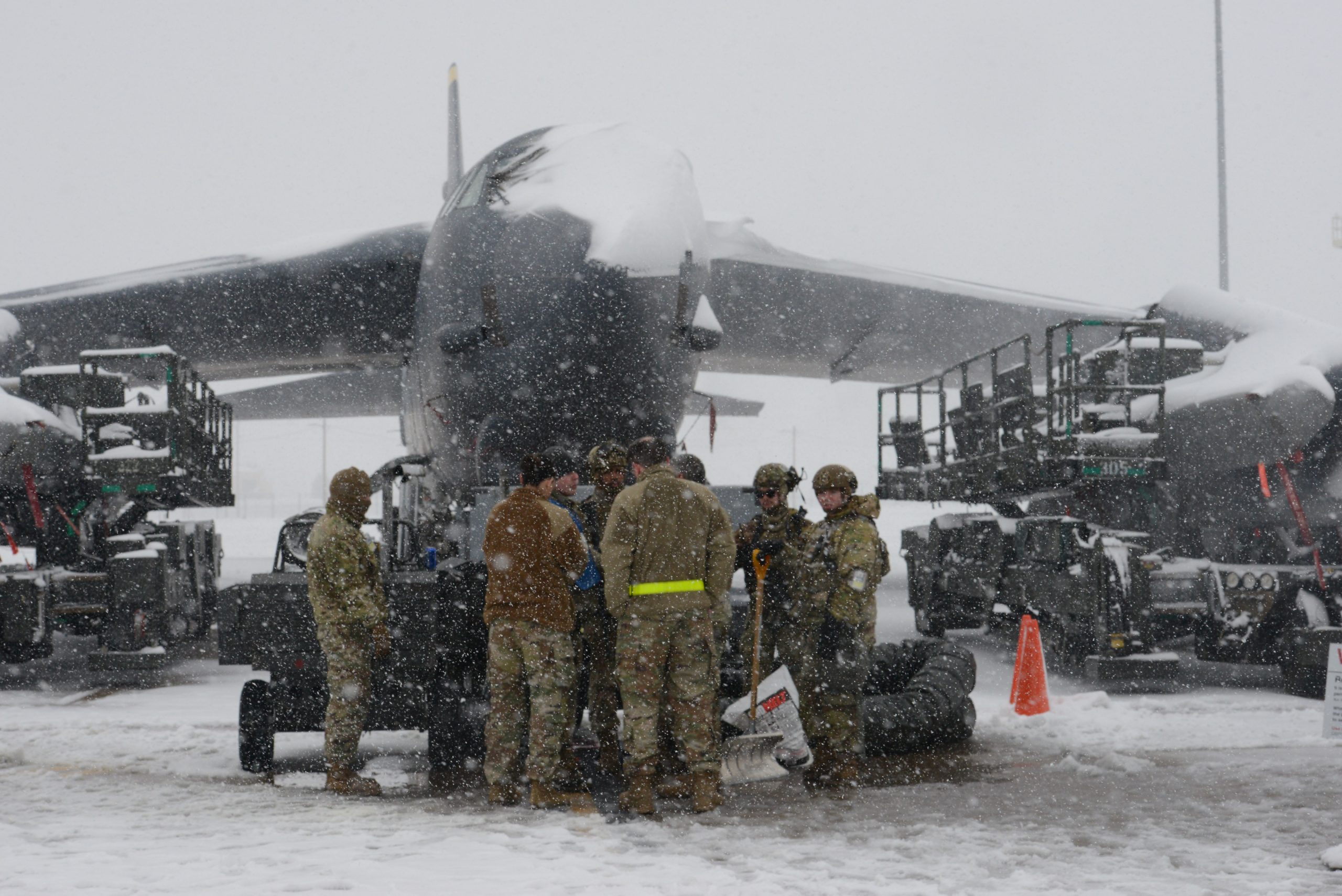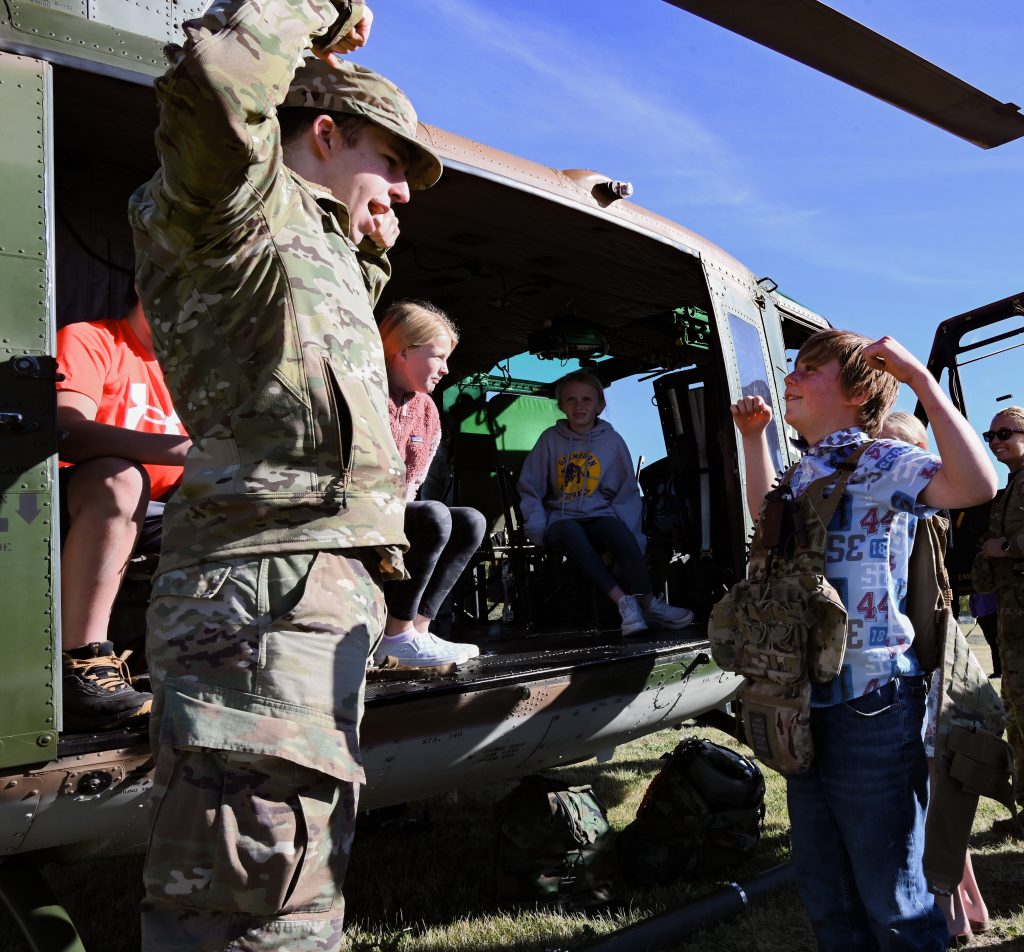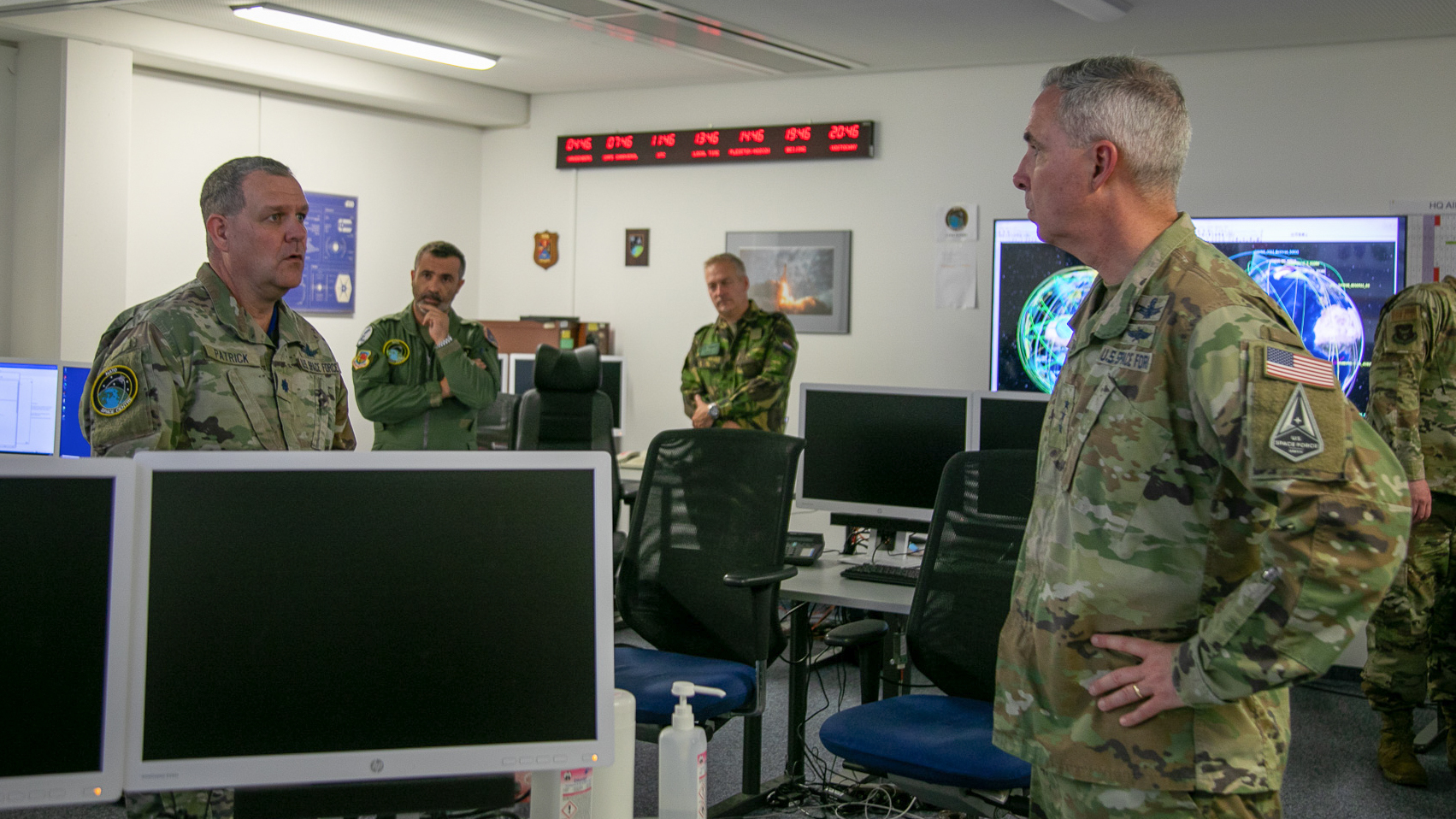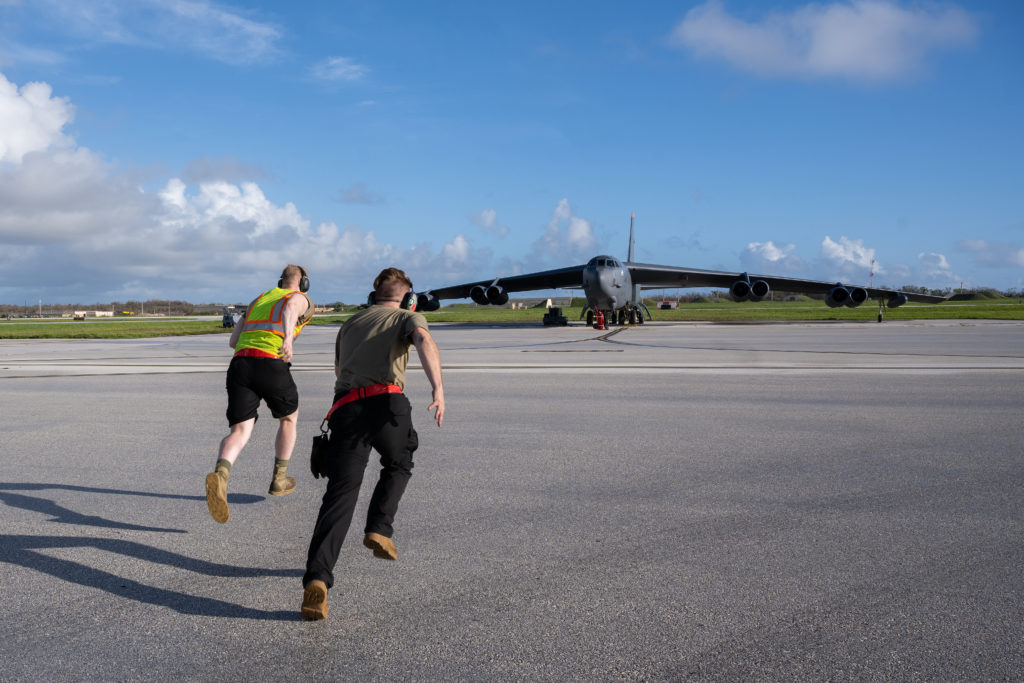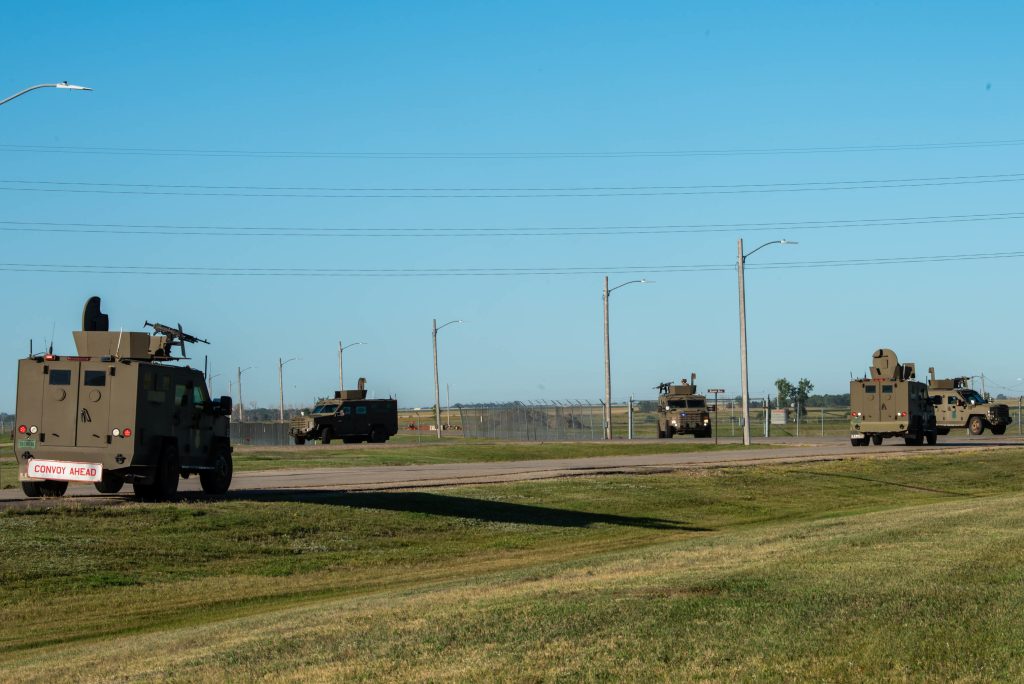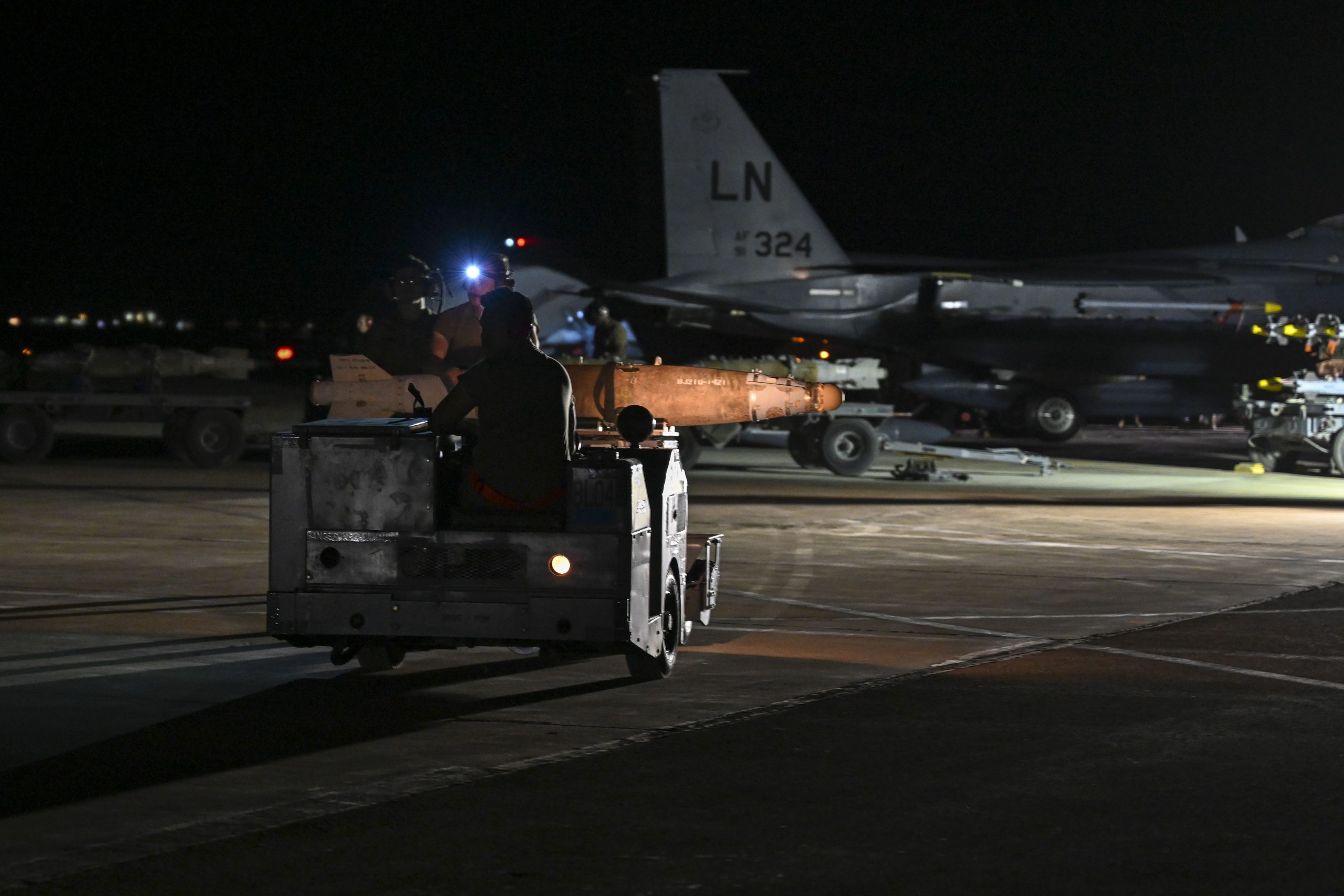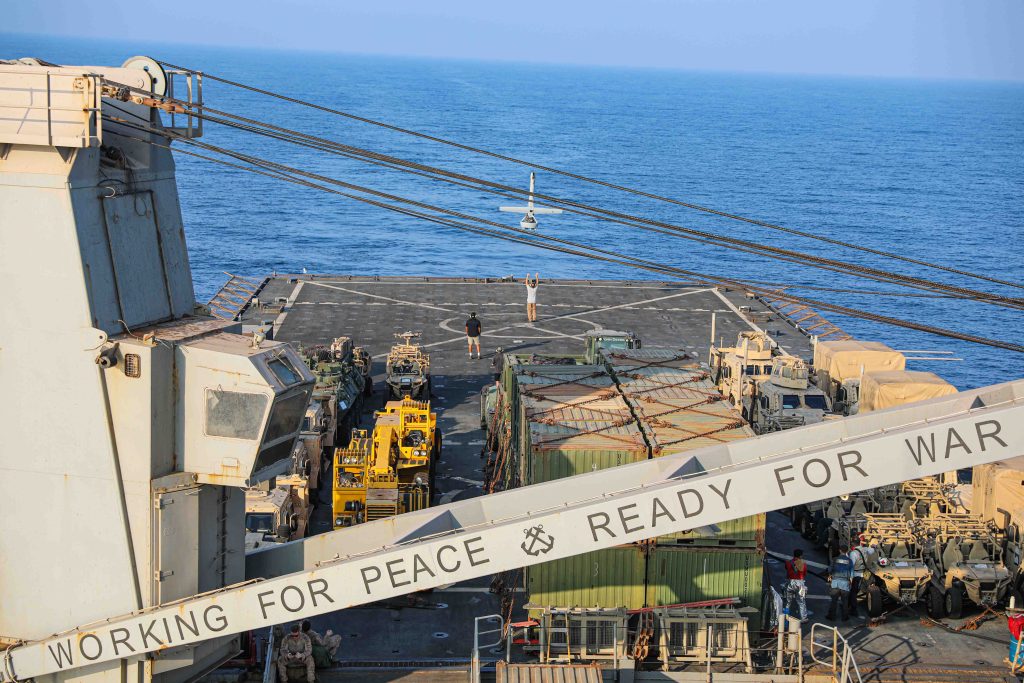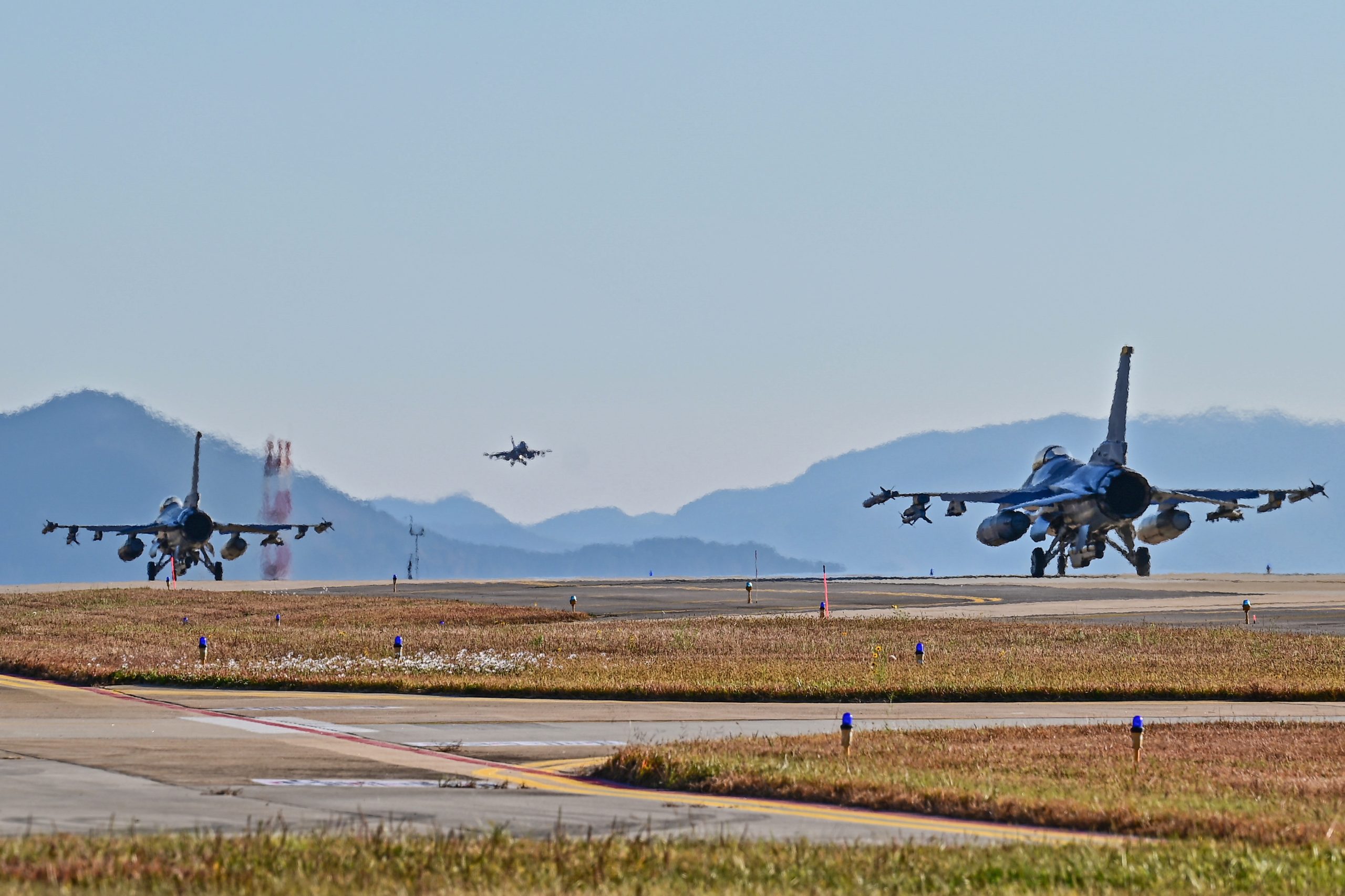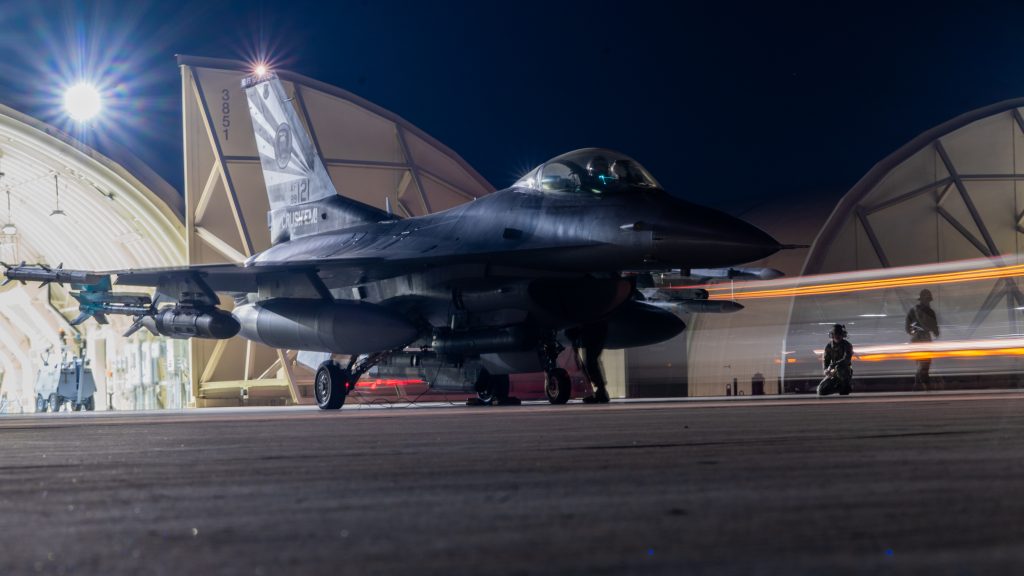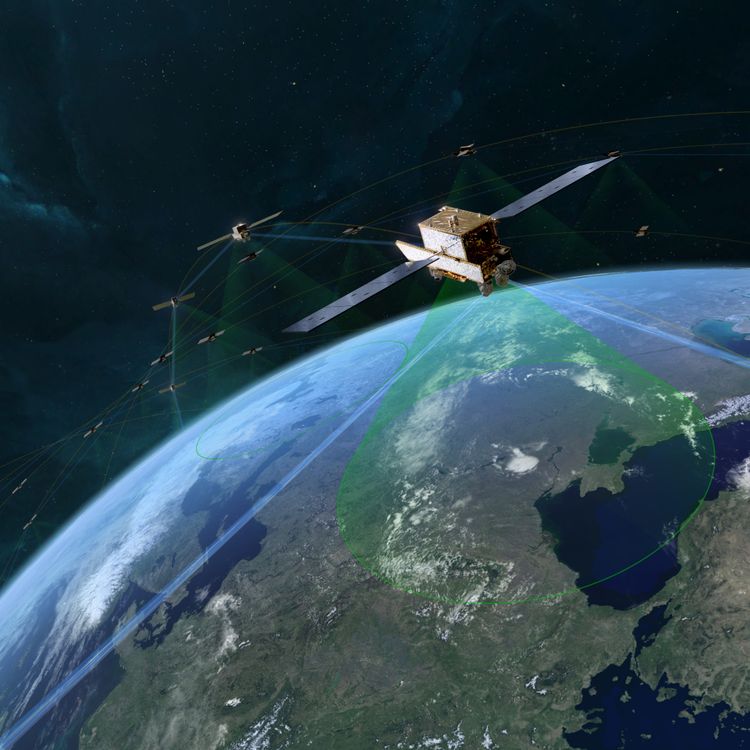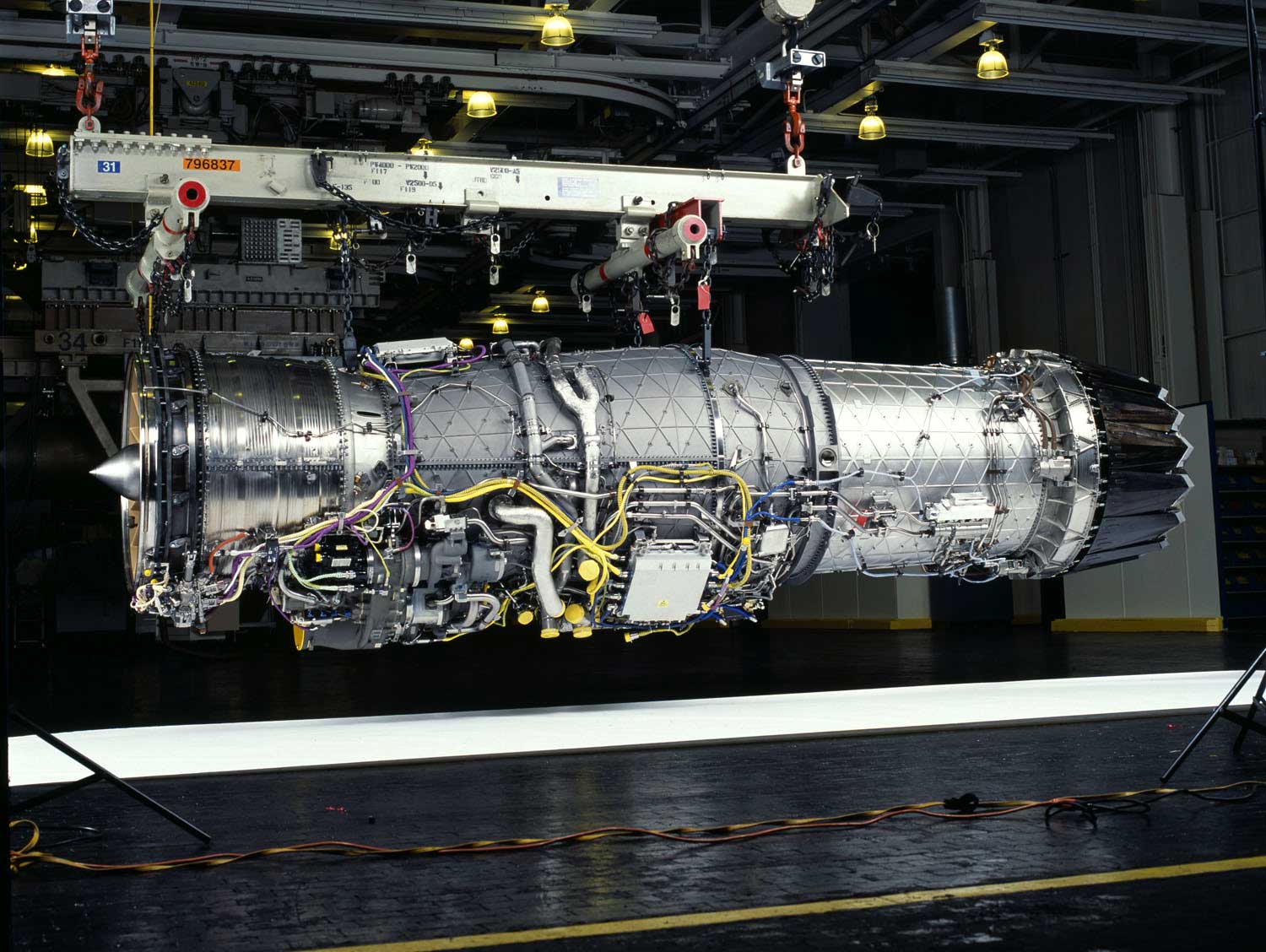The Air Force has given Lockheed Martin a $996 million contract to produce a reentry vehicle (RV) for its new Sentinel intercontinental ballistic missile by Oct. 20, 2039.
Under this sole-source acquisition deal, announced Oct. 30, Lockheed will engineer, manufacture, and design the new RV, dubbed MK21A, in several locations including King of Prussia, Penn.
The contract, overseen by the Air Force Nuclear Weapons Center, aims to reduce technical risks and ensure the affordability of the RV, according to the Pentagon’s release.
The specialized RV will carry the W87-1 warhead, which entered a new phase this year in its Modification Program involving tests and analysis to validate the chosen design.
National laboratories are developing and producing test hardware for the warhead, expected to deploy in the early 2030s with the Sentinel ICBM.
The LGM-35 Sentinel, formerly known as the Ground Based Strategic Deterrent (GBSD), is poised to replace 400 Minuteman III ICBMs currently in service for more than 50 years across the continental United States.
The incoming Sentinel project features an open system architecture which allows easy upgrades as technology develops between now and 2075, the missile’s planned retirement date.
It is also designed to be easier to maintain, which should minimize the security forces footprint required during maintenance time.
All components of the MM III missiles will be replaced with new components for the Sentinel, including the motors, interstage, propulsion system rocket engine, and missile guidance set.
However, the number, size, configuration, and design of the nuclear warheads, which are provided by the Department of Energy, are expected to remain the same.
This new weapon system is the most cost-effective option for maintaining a safe, secure, and effective land-based leg of the nuclear triad, the AFNWC claims.
The current Minuteman III ICBMs will be taken out of service through demilitarization and disposal procedures.
Last month, Pentagon acquisition chief William LaPlante said the Air Force is speeding up tasks in the Sentinel project to meet the crucial initial operational capability date of September 2030.
Northrop Grumman, the prime contractor for Sentinel, has been creating mockup versions of Minuteman III silos and systems to make it easier and faster to build or upgrade them.
Lockheed previously received $108.3 million contract for technology maturation and risk reduction on the new MK21A reentry vehicle, awarded in October 2019.

